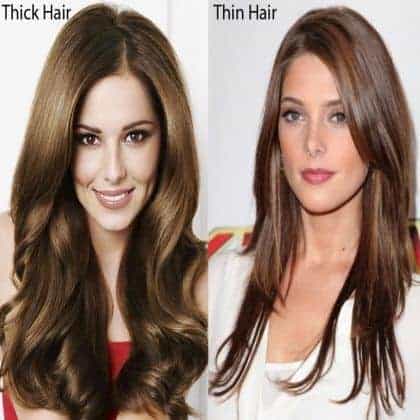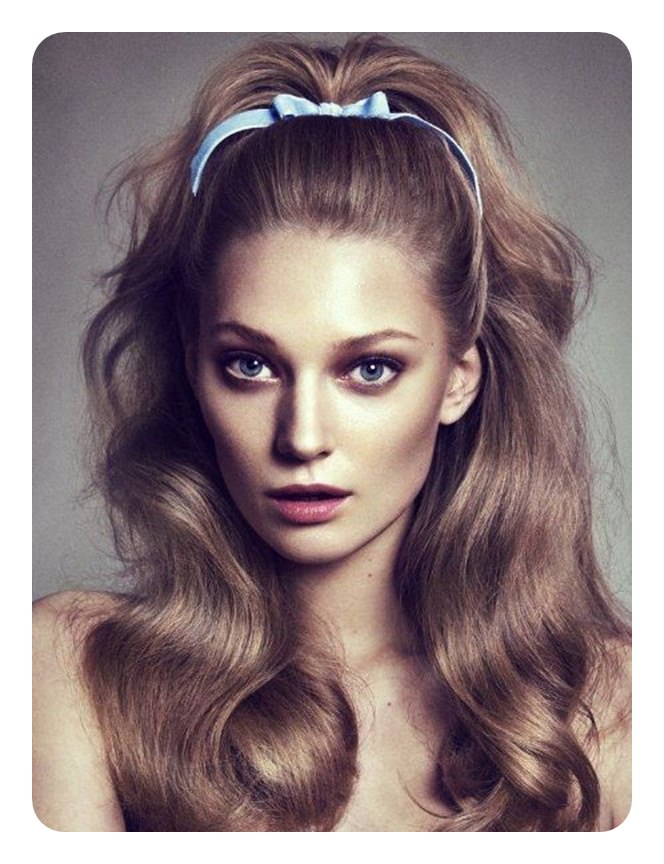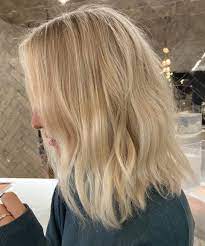
Thin hair differs from thick hair in that the diameter of an individual strand can define its thickness, while thick hair refers to the overall density within its follicles.
Many times, people confuse hair thickness with its density. Density refers to how many hair strands per square inch on your scalp, while thickness refers to each strand’s width.
Thicker hair looks less limp and lifeless than its thinner counterpart, while thicker locks are fuller and more accessible to style than their lighter counterpart.
Hair diameter can play an essential part in identifying your type. Thicker strands tend to have greater volume and durability compared to thinner ones. Thinner strands may become damaged easily from heat exposure or environmental influences and tend to produce smoother finishes and be less likely to frizz over time.
People often make the mistake of associating their hair type with their health. Such misconceptions are unfounded, as there is no connection between having thin or thick hair and overall well-being.
If your hair is thin and lacking body, volumizing shampoos and conditioners may give your locks more volume. Creating a blunt chop can add texture and fullness. Additionally, using a microfiber towel instead of blow-drying can help minimize frizz and breakage.
Genetics, diet, and lifestyle play a role in determining hair thickness. Thinner strands require more effort to maintain length and are more prone to breakage and dryness than thicker strands. Assessing the width of individual strands can help determine if they are thin or thick.
Density refers to how densely packed your follicles are on your scalp, while thickness refers to the width of each hair strand. Different tests can be performed to determine hair density and thickness.
Thick hair tends to feel and look heavier, while thin hair often has delicate and refined textures. Styling techniques should be adjusted accordingly to maximize the appearance of healthy and fuller locks.
Various methods, such as plucking a single hair strand, comparing it to thread, or checking the visibility of the scalp’s natural part, can help determine hair thickness.
Adding volume and body to thin hair can be achieved through various styling tricks and using the right products. Avoiding layered cuts and opting for blunt cuts can enhance the appearance of fullness and thickness.
Seeking advice from scalp experts, hairstylists, or trichologists can help determine hair density and thickness, leading to better product choices and customized care.
Understanding the difference between thin and thick hair and finding the right products and styles to suit individual needs is crucial for achieving desired hair goals and fuller-looking locks.

